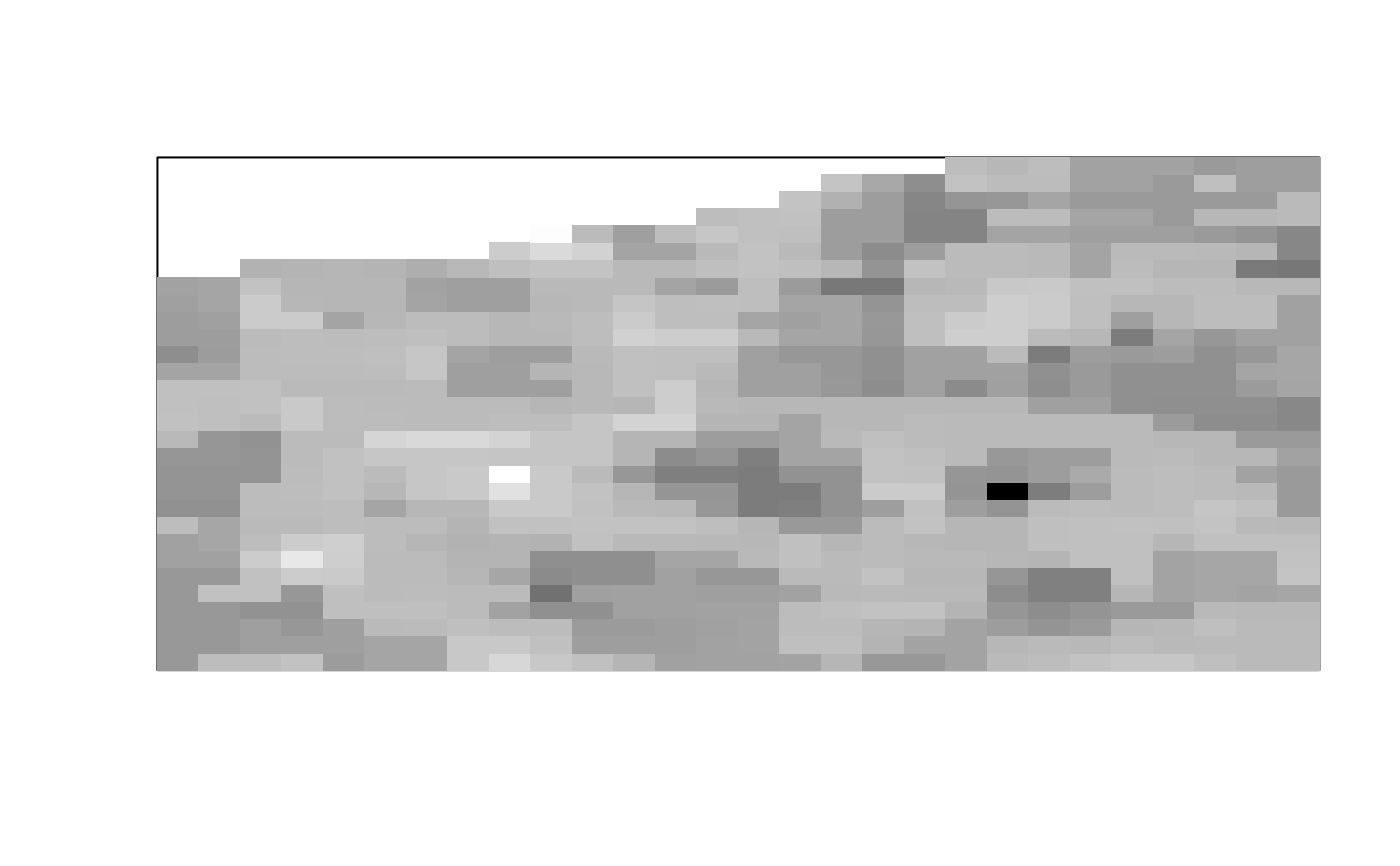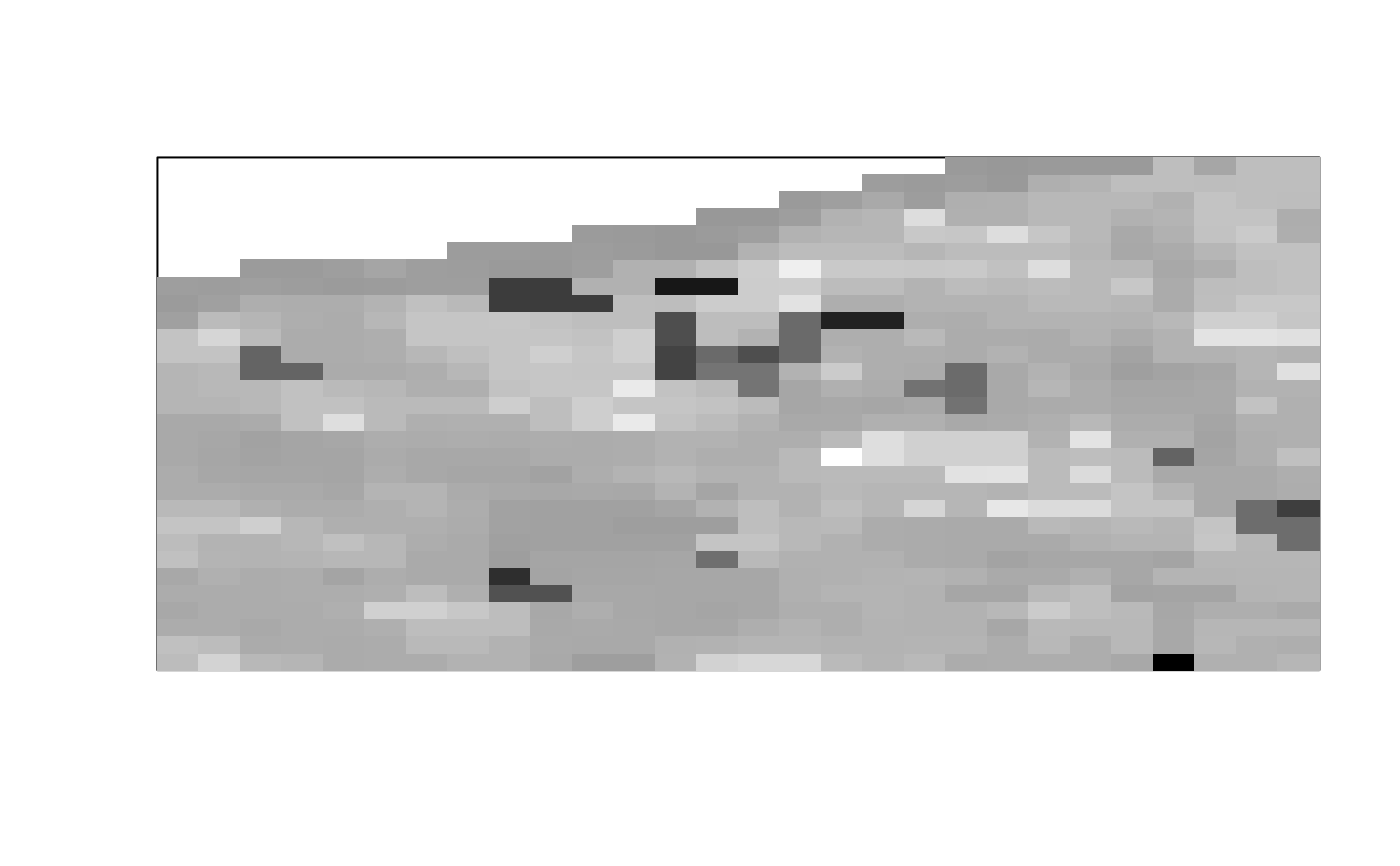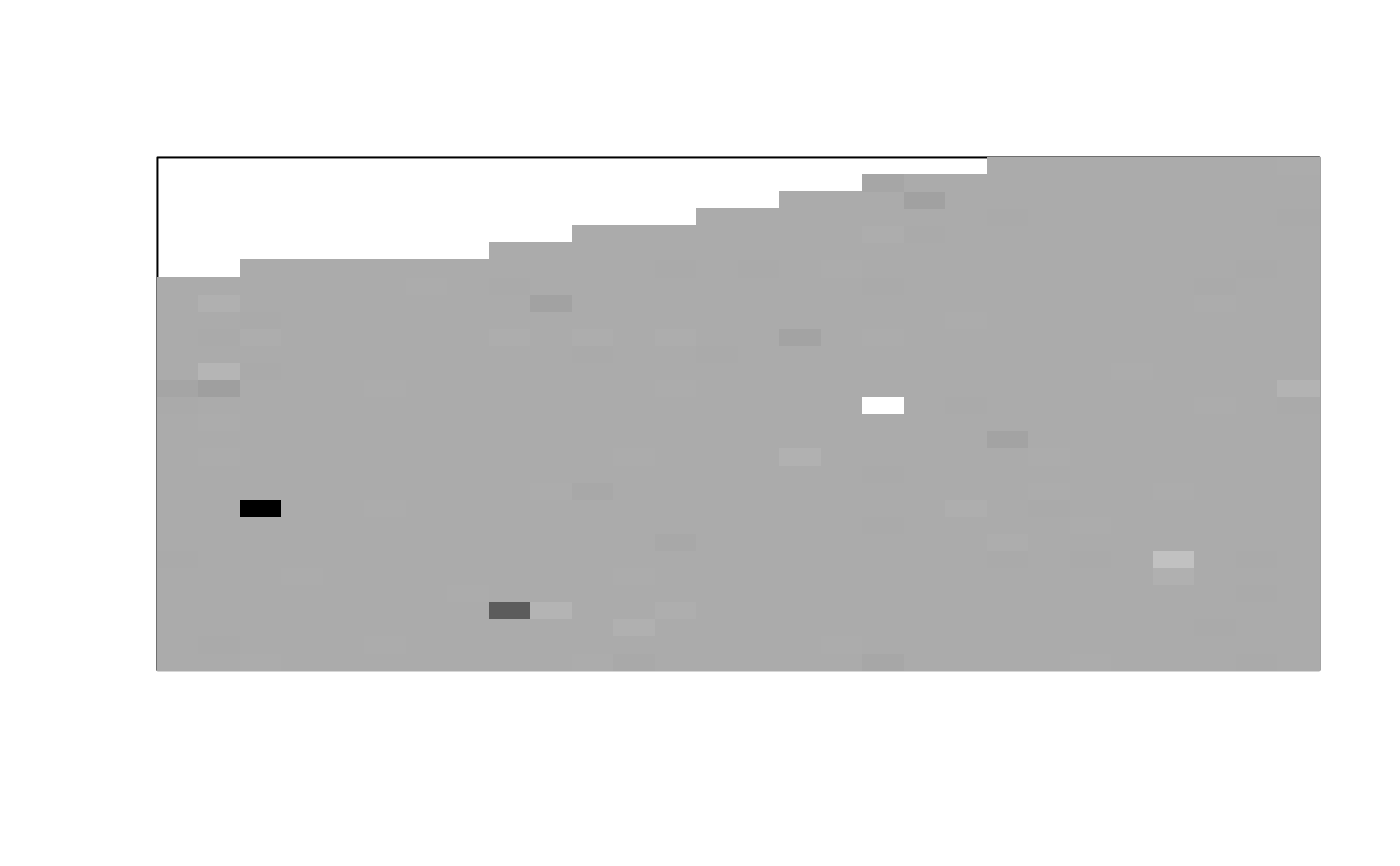Given a time stack of images and two channels, calculate the cross-correlated number of those two channels for each pixel.
Usage
cc_number(
img,
ch1 = 1,
ch2 = 2,
thresh = NULL,
detrend = FALSE,
quick = FALSE,
filt = NULL,
parallel = FALSE
)Arguments
- img
A 4-dimensional array of images indexed by
img[y, x, channel, frame](an object of class ijtiff::ijtiff_img). The image to perform the calculation on. To perform this on a file that has not yet been read in, set this argument to the path to that file (a string).- ch1
A natural number. The index of the first channel to use.
- ch2
A natural number. The index of the second channel to use.
- thresh
Do you want to apply an intensity threshold prior to calculating cross-correlated number (via
autothresholdr::mean_stack_thresh())? If so, set your thresholding method here. If this is a single value, that same threshold will be applied to both channels. If this is a length-2 vector or list, then these two thresholds will be applied to channels 1 and 2 respectively. A value ofNAfor either channel gives no thresholding for that channel.- detrend
Detrend your data with
detrendr::img_detrend_rh(). This is the best known detrending method for brightness analysis. For more fine-grained control over your detrending, use thedetrendrpackage. To detrend one channel and not the other, specify this as a length 2 vector.- quick
FALSErepeats the detrending procedure (which has some inherent randomness) a few times to hone in on the best detrend.TRUEis quicker, performing the routine only once.FALSEis better.- filt
Do you want to smooth (
filt = 'smooth') or median (filt = 'median') filter the cross-correlated number image usingsmooth_filter()ormedian_filter()respectively? If selected, these are invoked here with a filter radius of 1 and with the optionna_count = TRUE. A value ofNAfor either channel gives no thresholding for that channel. If you want to smooth/median filter the cross-correlated number image in a different way, first calculate the cross-correlated numbers without filtering (filt = NULL) using this function and then perform your desired filtering routine on the result.- parallel
Would you like to use multiple cores to speed up this function? If so, set the number of cores here, or to use all available cores, use
parallel = TRUE.
Examples
# \donttest{
img <- ijtiff::read_tif(system.file("extdata", "two_ch.tif",
package = "nandb"
))
#> Reading two_ch.tif: an 8-bit, 30x28 pixel image of unsigned
#> integer type. Reading 2 channels and 100 frames . . .
#> Done.
ijtiff::display(detrendr::mean_pillars(img[, , 1, ]))
#> Using basic display functionality.
#> * For better display functionality, install the EBImage package.
#> * To install `EBImage`:
#> - Install `BiocManager` with `install.packages("BiocManager")`.
#> - Then run `BiocManager::install("EBImage")`.
 ijtiff::display(detrendr::mean_pillars(img[, , 2, ]))
#> Using basic display functionality.
#> * For better display functionality, install the EBImage package.
#> * To install `EBImage`:
#> - Install `BiocManager` with `install.packages("BiocManager")`.
#> - Then run `BiocManager::install("EBImage")`.
ijtiff::display(detrendr::mean_pillars(img[, , 2, ]))
#> Using basic display functionality.
#> * For better display functionality, install the EBImage package.
#> * To install `EBImage`:
#> - Install `BiocManager` with `install.packages("BiocManager")`.
#> - Then run `BiocManager::install("EBImage")`.
 n <- number(img, def = "n", thresh = "Huang", filt = "median")
ijtiff::display(n[, , 1, 1])
#> Using basic display functionality.
#> * For better display functionality, install the EBImage package.
#> * To install `EBImage`:
#> - Install `BiocManager` with `install.packages("BiocManager")`.
#> - Then run `BiocManager::install("EBImage")`.
n <- number(img, def = "n", thresh = "Huang", filt = "median")
ijtiff::display(n[, , 1, 1])
#> Using basic display functionality.
#> * For better display functionality, install the EBImage package.
#> * To install `EBImage`:
#> - Install `BiocManager` with `install.packages("BiocManager")`.
#> - Then run `BiocManager::install("EBImage")`.
 ijtiff::display(n[, , 2, 1])
#> Using basic display functionality.
#> * For better display functionality, install the EBImage package.
#> * To install `EBImage`:
#> - Install `BiocManager` with `install.packages("BiocManager")`.
#> - Then run `BiocManager::install("EBImage")`.
ijtiff::display(n[, , 2, 1])
#> Using basic display functionality.
#> * For better display functionality, install the EBImage package.
#> * To install `EBImage`:
#> - Install `BiocManager` with `install.packages("BiocManager")`.
#> - Then run `BiocManager::install("EBImage")`.
 cc_n <- cc_number(img, thresh = "Huang")
ijtiff::display(cc_n[, , 1, 1])
#> Using basic display functionality.
#> * For better display functionality, install the EBImage package.
#> * To install `EBImage`:
#> - Install `BiocManager` with `install.packages("BiocManager")`.
#> - Then run `BiocManager::install("EBImage")`.
cc_n <- cc_number(img, thresh = "Huang")
ijtiff::display(cc_n[, , 1, 1])
#> Using basic display functionality.
#> * For better display functionality, install the EBImage package.
#> * To install `EBImage`:
#> - Install `BiocManager` with `install.packages("BiocManager")`.
#> - Then run `BiocManager::install("EBImage")`.
 # }
# }
